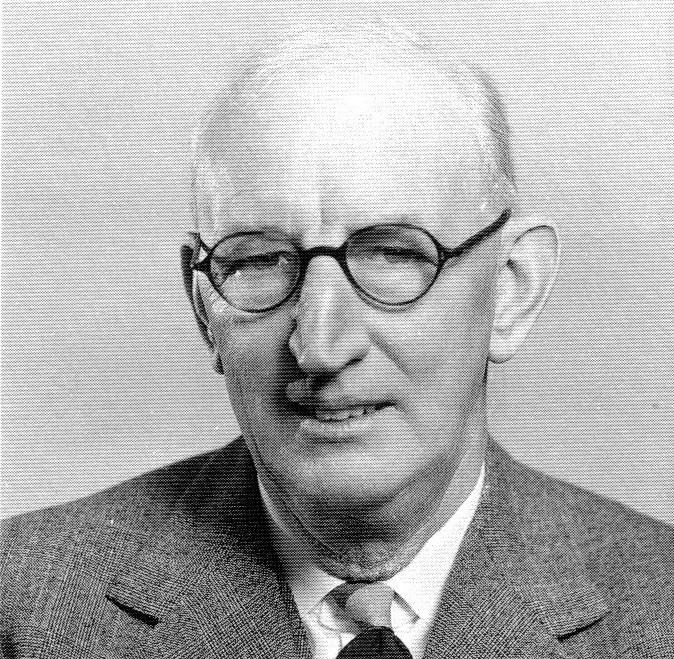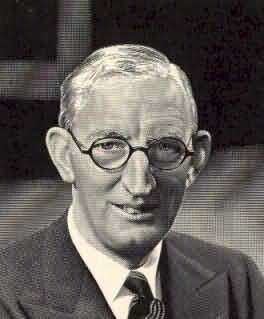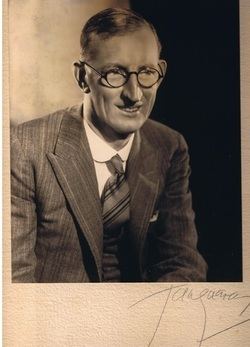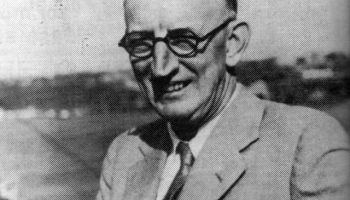Name Leonard Lord | ||
Died September 13, 1967, Daglingworth, United Kingdom | ||
Leonard Percy Lord, 1st Baron Lambury KBE (15 November 1896 – 13 September 1967) was a captain of the British motor industry.
Contents

Background and education

Lord was the son of William Lord, of Coventry, and Emma, daughter of George Swain, and was educated at Bablake School, Coventry.
Automotive career

Between 1914 and 1918 Lord worked in a munitions factory in Coventry, then after the First World War in a manufacturing plant for Daimler engines. In 1923 he moved to Morris Motors Limited where he was involved in rationalising all stages of the production process. In 1927 Morris bought Wolseley Motors Limited, and Lord was transferred there in order to modernise their production equipment. In 1932 Lord was promoted to General Manager at Morris, working from the Cowley factory. In 1938 after many years of conflict with William Morris, Lord left to join Morris's chief competitor, the Austin Motor Company.

At that time, Herbert Austin was looking for somebody to direct his company, his only son having been killed during the war. Ultimately, Lord was selected to manage the company. With the advent of the Second World War, Austin converted from civil to military production, and in particular the construction of ambulances and government vehicles. After the war, Lord became Chairman of Austin in 1946, and moved the company to a resumption of civil motor-vehicle production. In 1954 he was appointed a Knight Commander of the Order of the British Empire (KBE). Through further mergers and acquisitions, Lord ultimately became president of the British Motor Corporation. On 26 March 1962 he was raised to the peerage as Baron Lambury, of Northfield in the County of Warwick.
Legacy

Lord died in 1967, aged 70, during the discussions which ultimately formed British Leyland. Despite his early career success, his legacy was a sprawling and unprofitable product range, weak distribution and feeble management – ills which took their toll on BL. In a review of the Longbridge operation, Graham Searjeant, Financial Editor of The Times (31 May 2007) notes that Lord was a "foul-mouthed, hard-driving production man". Searjeant credits some of the failures at Longbridge to Lord's "lack of vision" and the "inadequacy" of his protégé-successor, George Harriman. Lord's biographer, Martyn Nutland, thinks this is grossly unfair, and that Lord dealt imaginatively with the inescapable circumstances of the day. It was Lord who persuaded Alec Issigonis to rejoin BMC to create what became the Mini and the 1100, Austin/BMC's two most successful products. That Issigonis had the freedom to create such revolutionary cars is thanks to the mandate given to him by Lord. Gillian Bardsley, Archivist of the British Motor Heritage Trust, in her biography of Alec Issigonis, credits Lord with the vision that BMC needed an entirely new range of cars if it was to remain competitive into the 1960s.
Personal life
Lord married Ethel Lily, daughter of George Horton, in 1921. They had three daughters.
Lord, who had been raised to the peerage as Baron Lambury in 1962, died in September 1967, aged 70. With Lord Lambury having no sons nor living brothers, the barony became extinct upon his death.
